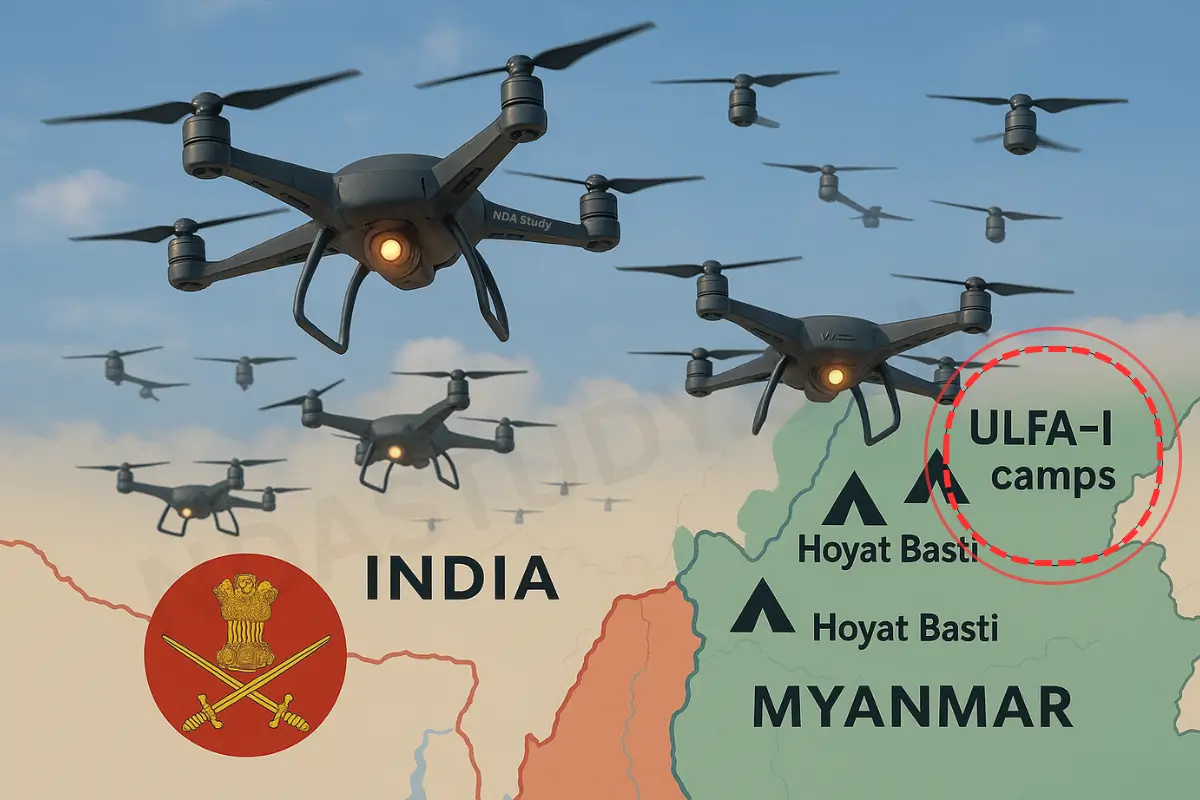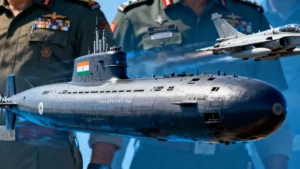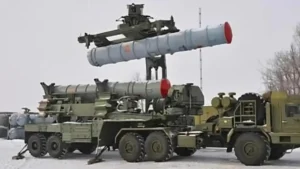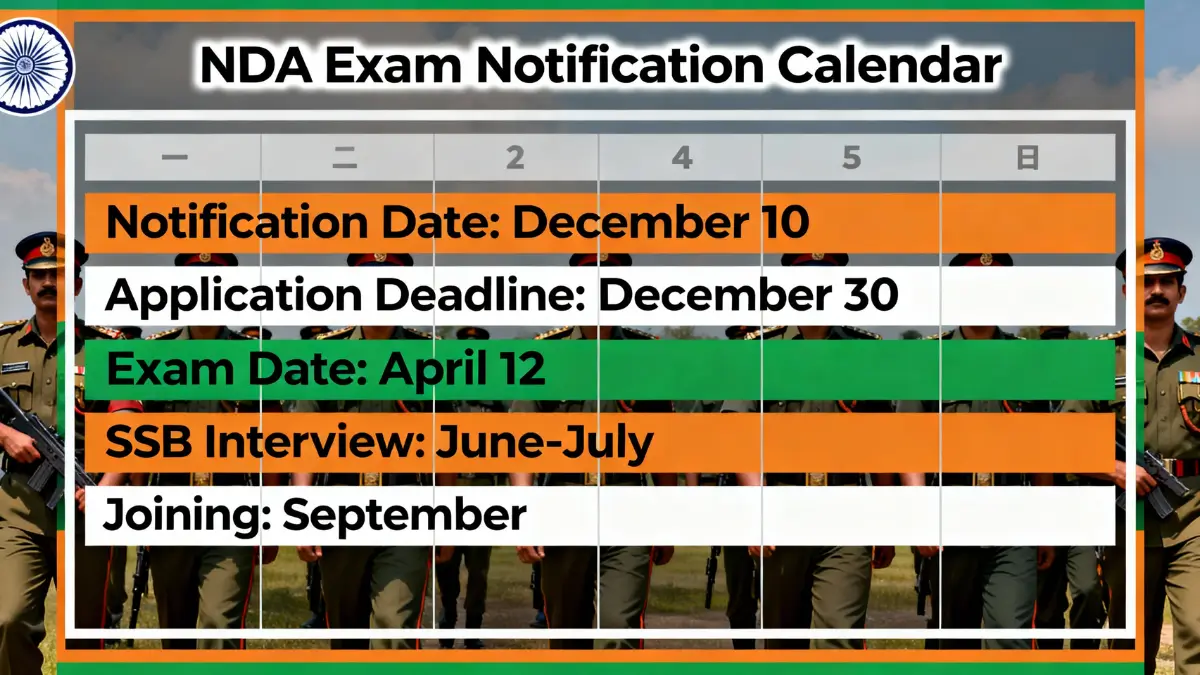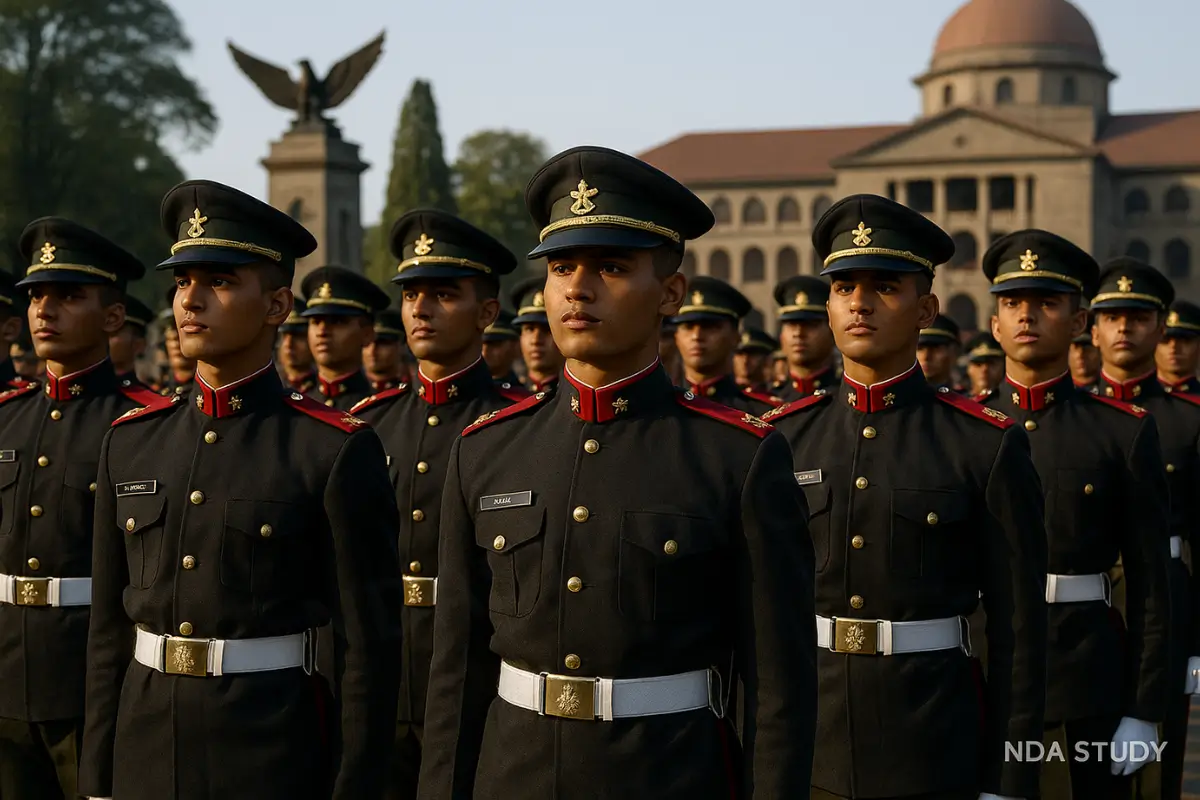In a bold and unprecedented move, India’s massive drone swarm strike on ULFA-I camps in Myanmar involved over 150 Israeli and French-made drones targeting insurgent bases deep inside Myanmar’s Sagaing region. This large-scale India drone strike in Myanmar marks the first-ever cross-border drone swarm operation by the Indian Army, showcasing a significant leap in drone warfare capabilities. The precision strike reportedly neutralised key ULFA-I leaders, including senior commander Nayan Asom, delivering a crippling blow to the insurgent outfit’s operational strength.
This ULFA-I surgical strike is strategically significant as it directly targets insurgent groups that have long exploited the porous India-Myanmar border to destabilise Northeast India. By employing advanced drone swarm technology, the Indian Army has not only enhanced its reach and precision but also minimised risks to its personnel, signalling a new era in Indian Army drone warfare. This operation underscores India’s commitment to leveraging cutting-edge technology to secure its borders and dismantle insurgent networks with surgical accuracy.
Background on ULFA-I India-Myanmar Insurgency Context
India’s Massive Drone Swarm Strike on ULFA-I Camps in Myanmar highlights a significant advancement in the country’s counter-insurgency operations. The United Liberation Front of Asom-Independent (ULFA-I) remains a persistent insurgent threat to Northeast India, operating from established camps along the porous India-Myanmar border. With around 200 to 250 armed cadres, ULFA-I conducts training and operational activities in Myanmar’s Sagaing and Naga Self-Administered Zones, using these safe havens to launch attacks and destabilise Assam and nearby regions.
Led by Paresh Baruah, ULFA-I rejects peace negotiations and demands a sovereign Assam, presenting a formidable challenge to Indian security forces. Historically, counter-insurgency efforts have struggled due to ULFA-I’s cross-border sanctuary and the rugged terrain along the 1,600 km India-Myanmar border. Past operations, including Bajrang and Rhino in the 1990s, had limited success in dismantling the group’s core leadership, many of whom regrouped in Myanmar.
The military coup in Myanmar in 2021 further complicated coordination efforts for Indian forces, allowing insurgents to exploit lawlessness and reorganise. As a result, traditional military tactics have often fallen short, demonstrating the need for innovative strategies. In this context, the recent Drone Swarm Strike on ULFA-I Camps in Myanmar stands out as a strategic shift. This surgical strike utilises advanced drone technology, capitalising on precision, scalability, and reduced risk to personnel. It reflects the Indian Army’s evolving capabilities in drone warfare, aimed at effectively neutralising insurgent threats like ULFA-I more than ever before.
Details about Drone Swarm Strike on ULFA-I Camps in Myanmar
The Drone Swarm Strike on ULFA-I Camps in Myanmar was a meticulously coordinated operation involving over 150 unmanned aerial vehicles (UAVs), primarily Israeli and French-made combat drones known for their precision and advanced swarm capabilities. These drones targeted four key ULFA-I camps located in Myanmar’s Sagaing region, near the India-Myanmar border. The camps included the Eastern Command Headquarters at Hoyat Basti and the 779 Camp in Waktham Basti. The strike reportedly took place between 2 AM and 4 AM, leveraging the cover of darkness for maximum tactical advantage.
This drone strike was executed with high precision, reportedly in close coordination with Myanmar’s military forces, although official confirmations are still pending. The operation aimed to neutralise senior ULFA-I commanders and disrupt insurgent infrastructure that is deeply embedded in the border region. According to multiple reports, the strike resulted in the deaths of several ULFA-I cadres, including top leaders such as Lieutenant General Nayan Asom and self-styled Colonel Ganesh Lahon. At least 19 insurgents were reported injured during the attack, which also targeted nearby camps of allied groups like the RPF and PLA.
The Indian Army’s drone operations during this strike showcased the evolving use of drone swarm technology as a force multiplier. This technology enables simultaneous, multi-target precision strikes with minimal risk to Indian personnel. The operation is being hailed as one of the most significant cross-border counter-insurgency actions in recent years, highlighting India’s growing capabilities in drone warfare and its strategic intent to dismantle insurgent networks operating beyond its borders.
Strategic & Tactical Impact
The Drone Swarm Strike on ULFA-I camps in Myanmar marks a significant advancement in India’s counter-insurgency strategy, changing how precision, risk, and scalability are managed on the battlefield. This technology enables the Indian Army to conduct coordinated strikes with dozens or even hundreds of drones that communicate and adapt in real-time. This precision reduces collateral damage and minimises risks to personnel by eliminating the need for ground troops in hostile areas.
Drone swarms can overwhelm enemy defences and target multiple locations simultaneously, severely disrupting ULFA-I’s operational capabilities and morale. The psychological impact further weakens recruitment and support from local populations, undermining the insurgency’s long-term sustainability. Overall, this strike enhances India’s border security and insurgency suppression efforts, demonstrating a commitment to cutting-edge drone warfare. As this technology evolves, it is set to be a cornerstone of India’s military strategy, providing a decisive advantage in asymmetric warfare and contributing to regional stability.
India’s Drone Capabilities & Future Outlook
India has quickly developed its drone capabilities. The Indian Army is now using advanced swarm technology to improve its operations. The recent drone swarm strike on ULFA-I camps in Myanmar demonstrates this progress, showing the ability to use multiple drones together for precise attacks. Indian defence startups, such as Skygear Aviation, are also making significant contributions. They are creating medium-altitude long-endurance (MALE) drones as part of the Make in India initiative. This local production complements imported drone technologies from Israel and France. This balanced approach provides access to state-of-the-art capabilities while promoting self-reliance.
Also Read:
Defence Acquisition Council Approves ₹1.05 Lakh Crore in New Projects
Pakistan Begs US for TPS-77 Radars After Indian Airstrikes Exposed Air Defense Weakness
China’s FTC-2000G Fighter Shot Down in Myanmar: Shockwaves for India’s Security and Northeast
Looking forward, India plans to use drone swarms not only for targeted strikes but also for surveillance and intelligence gathering along its borders. The combination of homegrown drones and foreign systems creates a flexible fleet that can monitor areas continuously and respond quickly. With ongoing investments and support from policymakers, Indian Army drone operations are set to become more automated, scalable, and interconnected. This will position India as a leader in drone warfare in the region, improving border security and giving it an edge in both counter-insurgency and traditional conflicts.
Geopolitical & Regional Security Implications
India recently conducted a drone strike in Myanmar targeting ULFA-I camps, enhancing regional security and strengthening ties with Myanmar. This action demonstrates India’s commitment to collaborating with Myanmar’s forces against insurgent groups threatening border peace. It fosters trust and cooperation in combating cross-border terrorism, sending a clear message to ULFA-I and other militants: India possesses the technology and resolve to tackle threats beyond its borders.
This use of drone swarm warfare acts as a warning that insurgents can no longer find safe places to operate near the border. Overall, this operation fits into India’s Indo-Pacific security plan by showing its growing military strength and readiness to protect its northeastern borders. It confirms India’s role as a security provider in the region, capable of maintaining stability in a crucial area. By using advanced drone technology, India positions itself as an important player in shaping the future security setup in the Indo-Pacific region.
Controversies, Official Statements & Media Analysis
The surgical strikes on ULFA-I camps in Myanmar have generated significant controversy. ULFA-I claims that the Indian Army conducted these strikes, killing several senior leaders and injuring numerous cadres. They allege that over 150 Israeli and French-made drones targeted multiple camps in the Sagaing region, leading to heavy casualties, including the deaths of commanders Nayan Medhi, Ganesh Asom, and Pradip Asom. ULFA-I also stated that missile strikes occurred during one of their leaders’ funeral rites.
Frequently Asked Questions (FAQs)
1. What is the Drone Swarm Strike on ULFA-I Camps in Myanmar?
A concise explanation of the reported large-scale drone attack targeting ULFA-I insurgent camps in Myanmar, allegedly involving over 150 drones and resulting in casualties among senior ULFA-I leaders.
2. Who are the main groups involved in the drone strike on ULFA-I camps?
Details about the United Liberation Front of Asom-Independent (ULFA-I), the Indian Army’s alleged involvement, and the context of insurgent activity along the India-Myanmar border.
3. How many drones were used in the India drone strike on Myanmar, and what type were they?
Information on the reported number (over 150) and origin (Israeli and French-made) of the drones used in the operation.
4. What were the casualties and damage reported from the drone swarm strike?
Summary of ULFA-I’s claims regarding the deaths of key leaders (Nayan Asom, Ganesh Asom, Pradip Asom) and injuries to other cadres, as well as any civilian impact.
5. Has the Indian Army confirmed the drone strike on ULFA-I camps in Myanmar?
Clarification on the Indian Army’s official stance, which is a categorical denial of involvement in any such operation.
6. Why is the India-Myanmar border significant for insurgent groups like ULFA-I?
Background on how the border’s terrain and political situation in Myanmar have allowed groups like ULFA-I to establish camps and evade Indian security forces.
7. What is the strategic importance of using drone swarms in counterinsurgency operations?
Explanation of how drone swarm technology enhances precision, reduces risk to personnel, and changes the dynamics of cross-border security operations.
8. What are the legal and diplomatic implications of cross-border drone strikes?
Discussion of sovereignty, international law, and the diplomatic sensitivities involved in conducting military operations across national borders.
9. How has the media and expert community responded to reports of the drone strike?
Overview of media coverage, expert analysis, and the ongoing debate about the authenticity and strategic messaging of the operation.
10. What is the current situation on the ground following the alleged drone strike?
Updates on continued military activity, security alerts, and the response from both insurgent groups and local authorities.
In contrast, the Indian Army has officially denied any involvement, asserting there are no reports of such surgical strikes across the border. This denial has spurred debate about the strikes’ authenticity, with some analysts suggesting it may be a tactic for psychological warfare. In contrast, others note the challenge of verifying covert cross-border operations. Legally, cross-border surgical strikes raise issues of sovereignty and international law. India’s silence may reflect the complexities of conducting these operations without escalating diplomatic tensions with Myanmar. This incident underscores the evolving nature of modern warfare, where surgical strikes challenge traditional boundaries and reshape counterinsurgency tactics.
Author’s Words & What’s Next
The Drone Swarm Strike on ULFA-I camps in Myanmar marks a significant milestone in India’s military strategy. This operation combines advanced drone technology with precise, cross-border surgical strikes. It not only disrupts established insurgent networks but also heralds a new era of technology-driven counterinsurgency warfare. The strategic significance of this strike lies in demonstrating India’s increasing capability to protect its borders while minimising risks to personnel and collateral damage.
As this story unfolds, staying informed is essential. We encourage you to follow our live updates for the latest news on India’s advancements in drone warfare and regional security dynamics. Please share this article with your network to raise awareness about this landmark operation. For continuous, in-depth defence news and expert analysis, subscribe to our newsletter to receive authoritative updates on India’s evolving military landscape.
Stay Tuned & Stay Connected!
